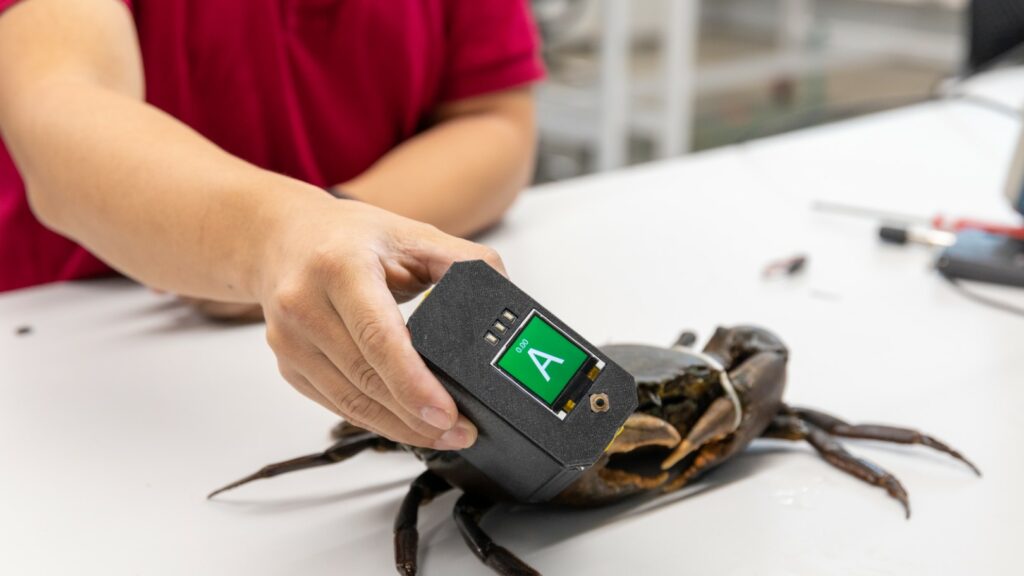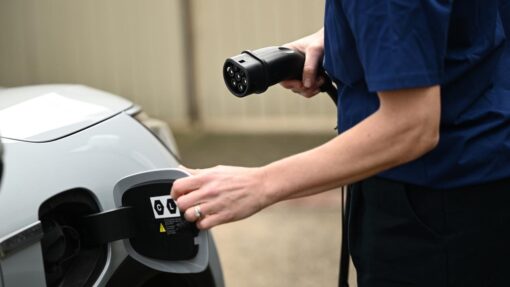Is that crab worth keeping? Technology helps answer an age-old question
Richard Dinnen - Queensland Editor |

If you’re into catching mud crabs, a new device could help you tell whether your catch is worth keeping.
A new device being developed by James Cook University (JCU) could accurately determine the amount of meat in a mud crab, replacing some very arbitrary methods.
Currently, fishers apply thumb pressure to the shell of a crab to determine its meat content.
But JCU Electronic Systems and Internet of Things senior lecturer, Eric Wang, has a prototype device using a near-infrared spectrometer (NIRS) and artificial intelligence (AI) to grade live crabs based on their meat content.
It’s a handheld device, still undergoing extensive testing, but Doctor Wang said it has great potential.
“It has a lamp which shines onto the claw of the mud crab, and depending on the chemical composition of the claw, it will reflect or absorb different wavelengths.
“Based on the absorbed wavelengths, the developed AI algorithm can then determine what grade of mud crab it is.”
Mud crabs are given a grade between A and C, with Grade A considered to contain the most meat.
“It will allow a fisher or a market stallholder to point this device over a crab’s claw or carapace and determine what grade it is so there is no ambiguity around the meat content.
“Right now, a lot of Grade C crabs are caught, which isn’t sustainable for the environment, so this is a way to help filter those out.
“To make it work consistently, we need to continue testing different samples because different mud crabs from different areas might reflect or absorb different wavelengths.”
Dr Wang said the main challenge was how to make the device portable.
“What I’m exploring is how we can make this device affordable, waterproof, and easier to carry on the boat, as well as integrate all of the AI algorithms into it.
“It’s important to get the device to a point where it can eventually be recognised by industry as a reliable tool.
“We need to be able to push the capabilities of it further so it can eventually become a commercial product.”
Dr Wang said the device could be used to measure other types of seafood, like fish or prawns.



